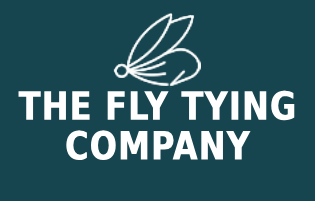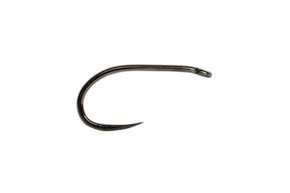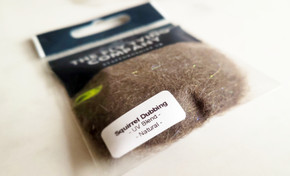Origin and History
The Yellow May (or Yellow May Dun) is a traditional UK dry fly, created to imitate the hatches of Heptagenia sulphurea, a large yellow upwinged dun found on rivers in late spring and early summer. These distinctive yellow mayflies emerge mainly in June and early July, and trout often feed selectively on them. Anglers developed a range of Yellow May patterns — dry, emerger, and nymph forms — to match this hatch. The dry fly version remains a chalkstream favourite and a reliable choice during the summer months.
Materials
- Hook: Dry fly hook, sizes 10–14
- Thread: Primrose or yellow 8/0
- Tail: Light cock hackle fibres, pale ginger or cream
- Body: Yellow dubbing or stripped quill dyed yellow
- Wing: Light dun or cream cock hackle tips, tied upright and divided
- Hackle: Pale ginger or light dun cock hackle
Popular Variations
- Yellow May Emerger – tied with CDC wing and trailing shuck
- Yellow May Spinner – spent wings for evening spinner falls
- Parachute Yellow May – parachute hackle for low-water fishing
- Yellow May Nymph – sub-surface imitation with soft hackle
- Comparadun Yellow May – deer hair wing instead of hackle
Step-by-Step Tying Guide
- Attach yellow thread behind the eye and wind down to the bend.
- Tie in a small bunch of pale ginger or cream cock hackle fibres for the tail.
- Create a slim tapered body with yellow dubbing or stripped quill.
- Prepare two light dun or cream cock hackle tips and tie them upright and divided as wings.
- Tie in a pale ginger or light dun cock hackle and wrap 2–3 turns behind and in front of the wings.
- Build a neat thread head, whip finish, and secure with varnish.
Seasonality & Representation
The Yellow May is best fished in June and July, coinciding with the hatch of the Yellow May Dun on UK rivers. It represents the adult dun stage, but variants can cover the emerger, spinner, and nymph stages. Trout often rise eagerly to these insects, particularly in the evenings during spinner falls.
Tackle and Setup
- Rod: 8–9ft, 3–5wt for river fishing
- Line: Floating line
- Leader: 9–12ft tapered, 5–6X tippet
- Setup: Fished singly upstream to rising trout, drag-free presentation essential
Summary Table
| Aspect | Details |
|---|---|
| Origin | UK chalkstreams, early 20th century |
| Best Seasons | June–July |
| Represents | Yellow May Dun (Heptagenia sulphurea) |
| Hook Sizes | 10–14 |
| Tackle Setup | 8–9ft rod, floating line, 9–12ft leader |












